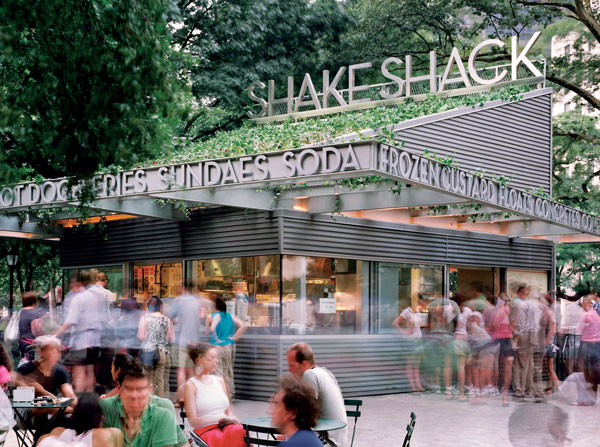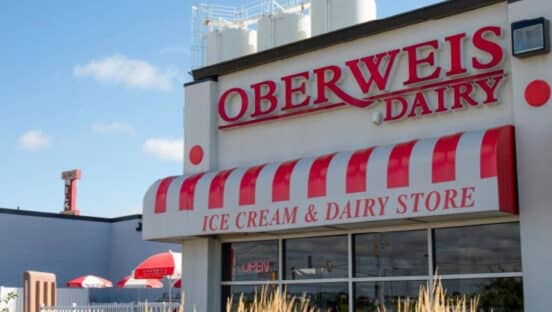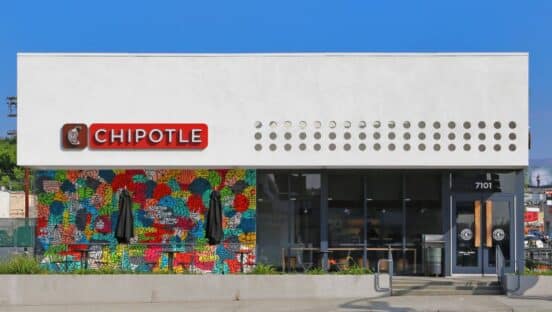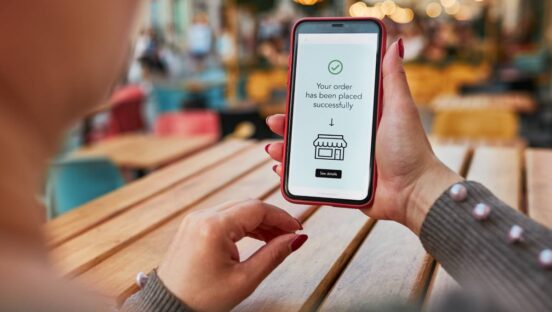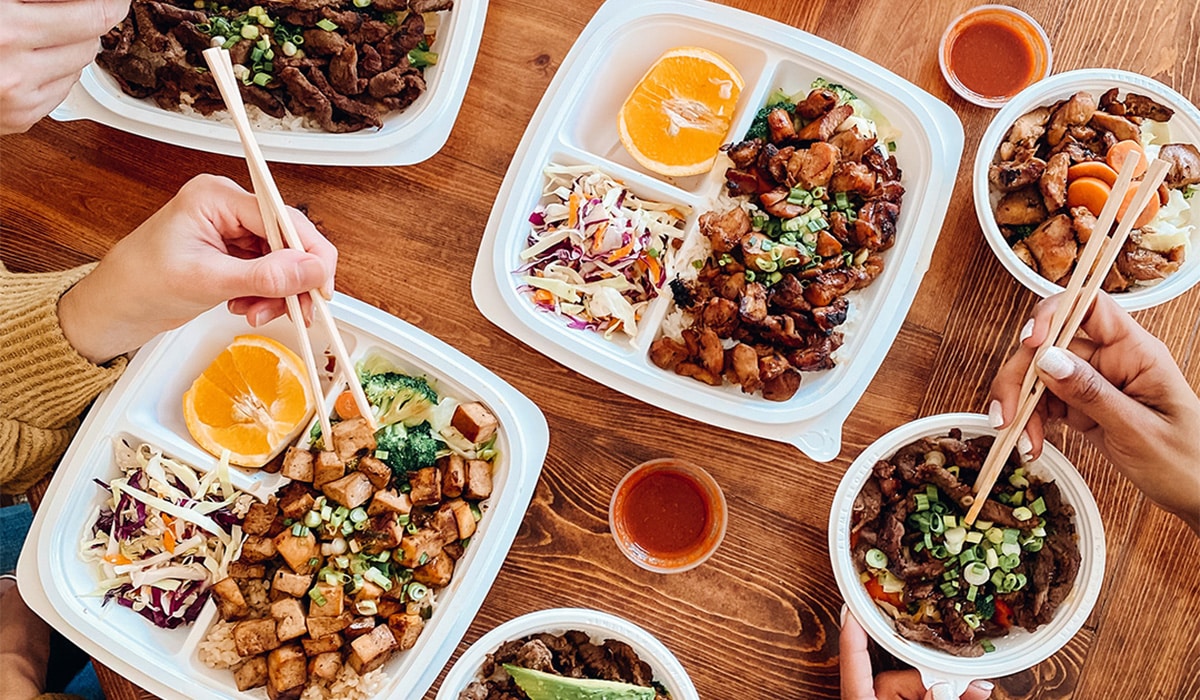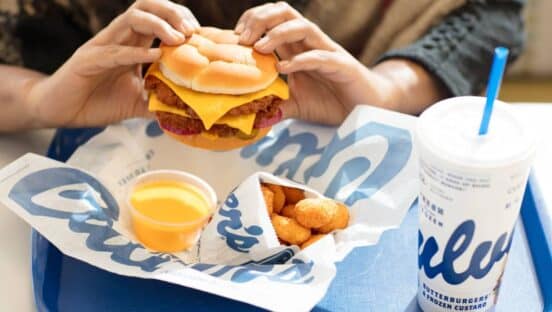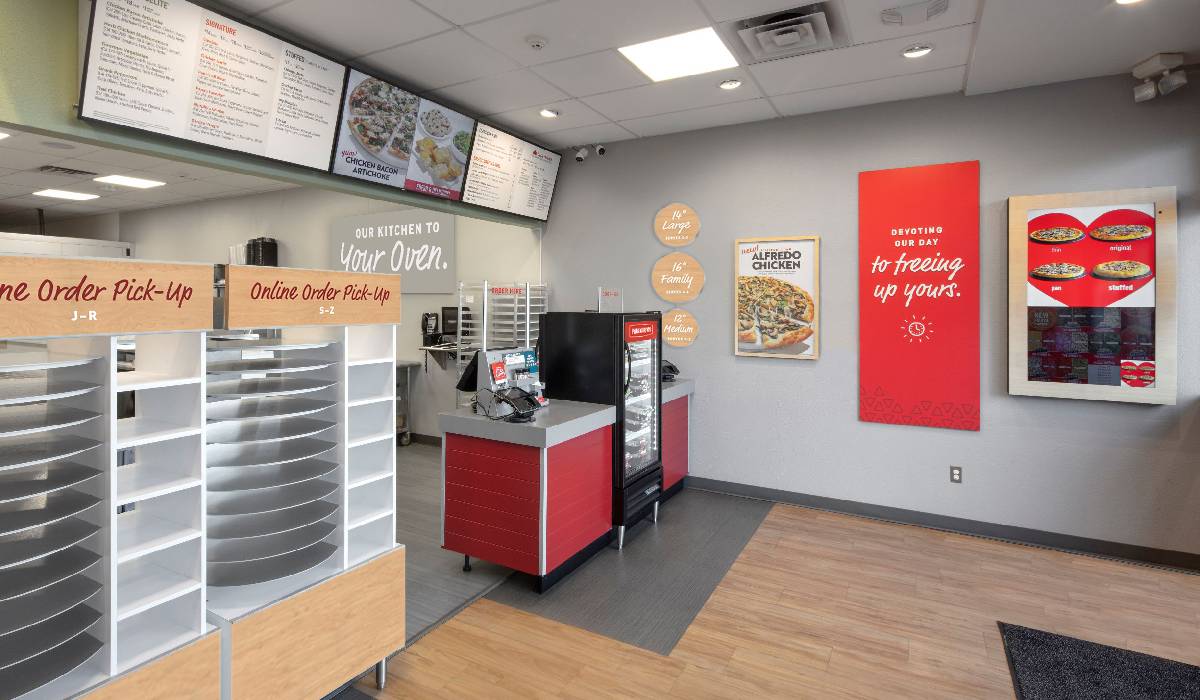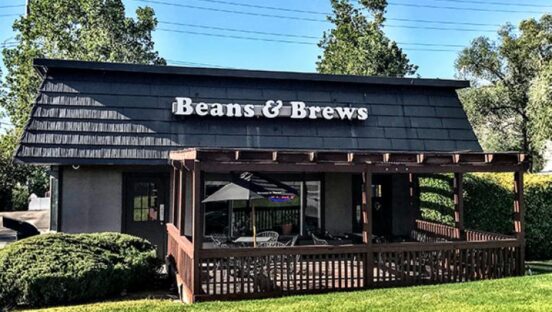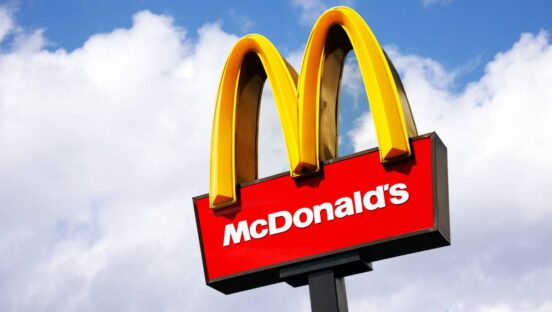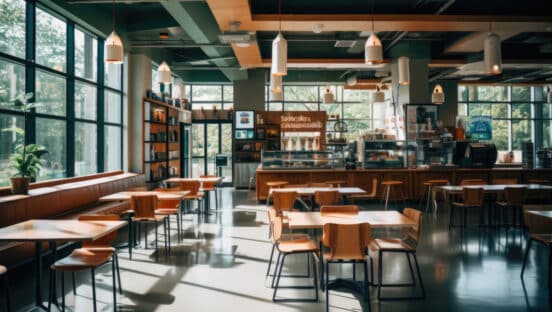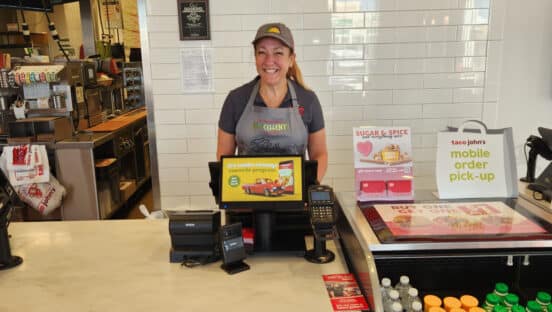In the years leading up to the pandemic, restaurant delivery didn’t suffer from a lack of spotlight. Or debate. But what COVID-19 did was hasten the “wait-and-see” stance of some brands. The sideline vacated quickly.
According to McKinsey & Company, food delivery’s global market worth reached $150 billion in 2021, more than triple what it was in 2017. In the U.S., the market doubled during the crisis, following historical expansion of 8 percent.
Pre-COVID, the restaurant industry as a whole scaled 3–4 percent per year domestically. Delivery sales climbed at roughly twice that pace.
The pandemic’s jolt was clear and intelligible. Even by fall 2021 (year to date), with dine-in back in the fold, 75 percent of all restaurant visits were off-premises, according to The NPD Group. That category (carry-out, drive-thru, delivery) was 8 percent higher, year-over-year, and 19 percent above 2019 marks. Dine-in visits, meanwhile, were 5 percent lower than the prior year and 49 percent under pre-virus levels.
Just focusing on delivery, the segment was 32 percent above pandemic-strapped 2020 and 123 percent higher than two years ago. Again, evidence of a boom lapping a stretch when delivery was already outpacing in-store growth.
As much as the landscape has changed, however, delivery dilemmas haven’t faded into COVID oblivion. Restaurants leaned on delivery as a life raft in 2020 and were able to produce figures far above what they could have expected. Still, as revenue surged, overall profits declined, McKinsey & Company said, occasionally resulting in negative margins. While some of the blame belongs to dine-in restrictions, the gap between delivery-fueled revenue growth and profit declines was an underlying issue the pandemic only lit a fire beneath.
READ MORE: When COVID-19 is Gone, What Will Become of Restaurant Delivery?
The economics of delivery remain a sticking point. Restaurants’ traditional profit margins of 7–22 percent make covering third-party platform’s delivery commissions (15–30 percent), unsustainable as delivery orders become a larger part of a restaurant’s business, McKinsey & Company said.
This flashed for full-serves in particular over the past two years given the decline of in-store traffic. Generally, people who sit down for a meal order high-margin items like drinks that help cover costs of occupancy and labor. Asking third-party delivery to satisfy a larger share of fixed operating costs can be a tall order, especially, as McKinsey & Company points out, if it scales to the point where more physical kitchen space is needed. It’s one reason why some brands have reconsidered virtual concept growth as their in-store recovery picks up. Or why a rise in counter-service spinoffs for casual chains (like Friendly’s and TGI Fridays) or drive-thru or delivery-only units (see from Chipotle) can enable chains to complement and support existing stores amid the off-premises rush. Why ghost kitchens are ever-present, too.
[image source_ID=”127698″]
What’s certain is delivery isn’t losing steam. In turn, profitability is becoming as much a digital investment as it is a physical one. Shake Shack CFO Katie Fogertey said at this year’s ICR Conference that funneling customers into native channels will be a major area of emphasis in 2022. Shake Shack launched a new website last year and is viewing omnichannel preference as a chance to regain control, not cede it.
“And we really want our own digital channels to be the preferred channels for our guests,” she said. “We’re building personalized marketing opportunities to help drive frequency and guest connection. We just know and we continue to see it, when we bring a guest into our digital ecosystem, we see higher frequency, we see higher checks. There’s a better guest experience associated with that. We just think they understand who we are and the value that we offer more.”
It goes as far as Shake Shack building drive-thrus (the first of which debuted in early December in Maple, Grove, Minnesota) to pickup windows to urban stores with expanded shelving to an upcoming Hasbrouck Heights, New Jersey, location that has limited to no seating, with a drive-thru focus.
Even the website update was designed to fuel app downloads (guests are immediately promoted to do so). Shake Shack has seen success with kiosks in store, too (at those units more than 75 percent of sales flow through the feature and other digital channels). The blanket idea is Shake Shack is trying to harness customers’ clear demand for convenience sent into high gear by COVID. It wants to control the process in a branded way. Chipotle’s order-ahead pickup lanes are being rolled out in much the same vein. A more profitable outlet where the company can nurture the experience for guests and counter third-party margin hits.
Customer preference is always going to lay the baseline, however. Digital ordering solution Tillster, in a survey of 2,000 quick-serve and fast-casual consumers, took the pulse of how user habits have changed during COVID. And are they short- or long-term adjustments?
Firstly, as outlined, demand for delivery was already ticking up pre-pandemic, with respondents in past surveys ordering delivery 1.9 times per month across age groups.
The average quick-serve customer today is ordering twice each month, Tillster found. And at 2.5 orders per month planned in the next three months, we’re looking at a 32 percent bump from 2019, with a definite rise among middle and older-aged groups.
In the next year, 81 percent of respondents said they’d order online for delivery the same amount or more often.
How, and where, guests believe they can go for delivery, though, is an evolving point. This, too, was triggered by pandemic conditions. Customers missed brands as much as they preferred delivery. So their decision to order, unlike before, wasn’t necessarily influenced by whether or not they wanted to stay home or not. They might have wanted to support, or simply missed, a specific restaurant they weren’t able to dine-in with when lockdowns went into effect.
Whether the end-result was direct delivery, curbside, pickup, etc., COVID brought more brand-loyal diners into the off-premises world than 2019, when aggregator services were seen as a product-specific platform for frequent users. In other terms, people looked for burgers more than they tried to dial up a local restaurant with a great burger.
In Tillster’s study, customers showed they’d rather, at this juncture, interact directly with their favorite brands. When ordering online or via branded mobile app, menus are optimized for ease of ordering and customers’ past orders are saved—frictionless goals that speak to Fogertey’s comments of how Shake Shack is trying to close the convenience loop.
Forty-four percent of respondents said they’d prefer to order delivery directly through the restaurant’s website or mobile app.
Twenty-two percent noted they still choose the phone, a choice popular among rural and over 55 residents.
Less than 10 percent said they prefer third-party delivery experiences.
Like the phone stat, delivery preferences were largely tied to generational differences.
One group worth pulling out is Gen Z, a climbing segment that’s dictating tech trends on their own terms.
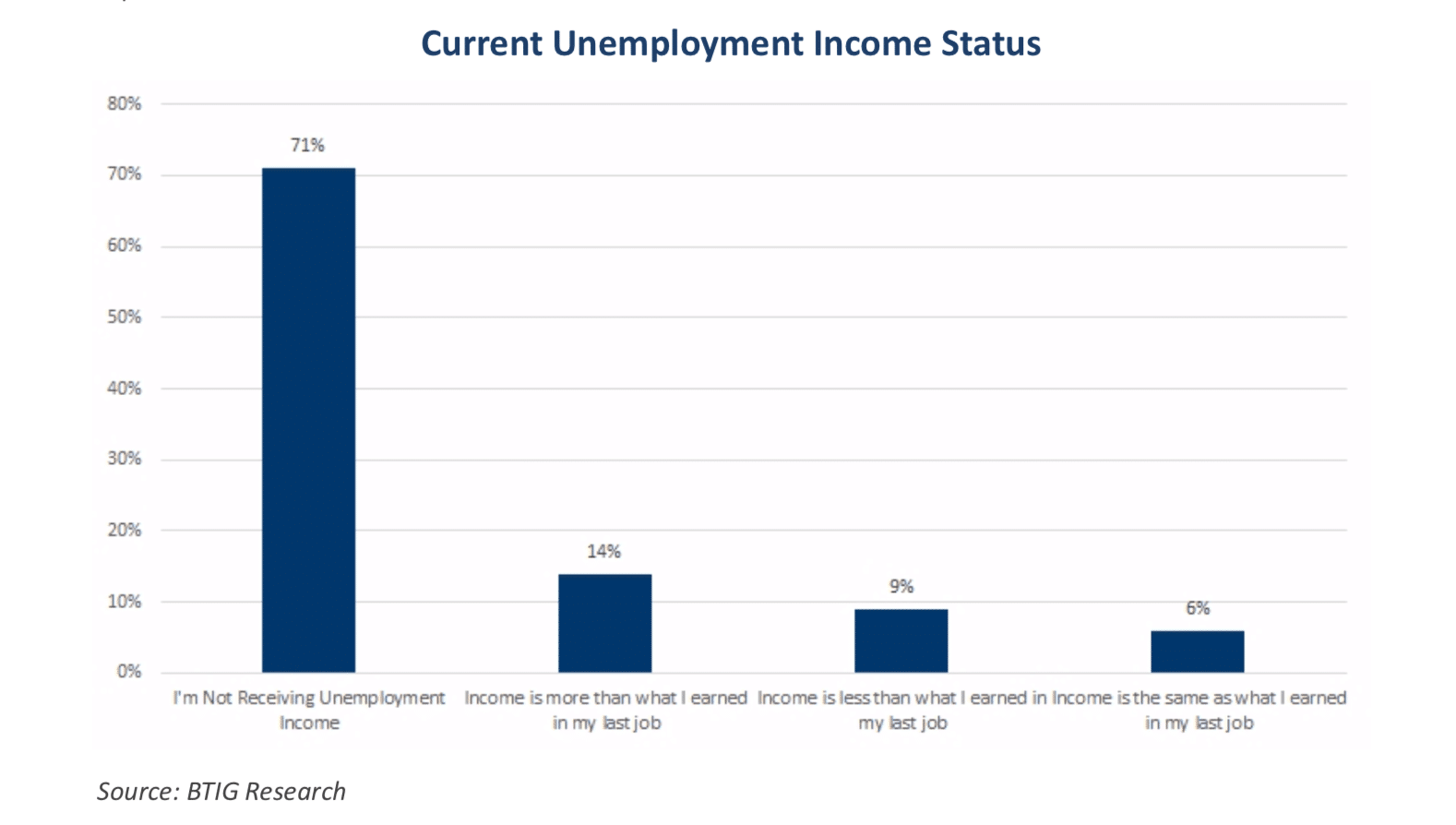
Nearly 86 percent said they would probably or definitely order from their favorite fast food or fast casual spot more often if it offered delivery. They were also more likely than any other age group to order multiple dayparts, including lunch and late-night. Twenty percent said they’d fork up $10 or more in delivery fees.
However, Gen Z was also the group most likely to stick to third-party delivery (it was the top method for guests aged 18–24). Tillster attributed this to the fact they have not yet built long-time brand allegiances.
Millennials and Gen X preferred branded mobile apps.
Like Gen Z, a solid percentage of millennials (78.5 percent) said they’d order from a restaurant more if it offered delivery. Nearly 50 percent of Gen X consumers are ordering more from their favorite venues than pre-COVID. And the 55-plus crowd continues to pick up frequency, despite only 21.7 percent expecting this to be the case.
In that dichotomy sits opportunity as well. The reason younger consumers are more open to delivery boils down to cost. For those aged 45–64, nearly a third (29.6 percent) said they’d be willing to spend $5 in delivery fees. But among those aged 65-plus, 35.7 percent said they wouldn’t pay $1 in delivery fees.
Returning to Fogertey’s comment: “We just think they understand who we are and the value that we offer more [when going direct].”
For a bevy of external reasons, consumers are more cognizant of fees than in previous years. Per Tillster, the maximum delivery fee the average person was willing to pay in 2021 was $3.90. Pre-COVID, 85 percent of customers said they were willing to spend up to $5. Throughout the pandemic, brands offered free delivery and other lures to drive business when dine-in sagged. In turn, only 44 percent of people in Tillster’s data, a mere two years later, were still willing to pay $5 or more.
Regardless of where it’s originating, respondents across Tillster’s study agreed time was a key factor in the delivery process. Forty percent said they’d wait 40 minutes. Anything above that and sentiment rolled off a cliff. Only 21 percent claimed they’d wait 41 minutes or more.
The most important counter, per the study? Restaurants communicating accurate delivery estimates.
Once more, bringing Shake Shack into focus, one of the larger issues guests flagged in recent months was unknown wait times, Fogertey said. So the brand layered in dynamic prep time into a recent app update, which she said was producing “good early success.”
Across urban/rural divides and family sizes, more than 70 percent of Tillster respondents said they’d rather pick food up than wait for a long delivery. That was less true for younger consumers.
“No, I would keep my delivery order.”
- 18–25: 50 percent
- 25–34: 41 percent
- 35-plus: 30 percent
Additionally, 71 percent of respondents aged 18–24 noted they are always or sometimes disappointed with the quality of food delivered. That number declined only slightly with age, as 55.3 percent of users 65 and over said they, too, were always or sometimes disappointed.
Unsurprisingly, the incentive process dovetails with a lot of this data.
These are the groups who said yes, they’ve been enticed to select a different restaurant brand with a delivery offer:
- 18–24: 56.7 percent
- 25–34: 45.4 percent
- 35–44: 42.2 percent
- 45-plus: 16.6 percent
Ads and offers drove delivery choice in 42 percent of households of more than three. Families seek deals off-premises just as they did in-restaurant.
Also, respondents who opted for an offer were more than twice as likely to live in an urban environment (43 percent said yes) than suburban (20 percent) or rural (20.8 percent).
Redefining delivery locations has potential as well. Sixty-five percent of households of four or more people, and 64 percent under age 44, said they’d love the ability to order delivery to wherever they are, from local parks to sports stadiums and concert venues.
This is something Domino’s once courted with its “Hotspots.”
Among millennials and Gen Z, 66 percent were willing to provide their location to receive location-based offers, the study showed. It signifies a chance for brands looking to innovate their delivery operations to reach customers where they are, Tillster said.
That might just be in the parking lot of a restaurant, as many quick-serves, from Taco Bell to Wendy’s, are looking into by turning lots into transaction centers in an effort to take some pressure off drive-thru. Dedicated curbside spots. Pickup lockers. And so forth.
“The pandemic completely upended the restaurant industry in 2020, forcing restaurants to adopt a decade’s worth of technology in a matter of weeks, just to stay alive,” says Hope Neiman, CMO at Tillster. “But, as our 2022 Delivery Index reveals, consumers today are more comfortable with delivery technology, and as such, behaving more predictably in the ways they utilize these channels. Restaurant brands can use this knowledge to drive continued growth in delivery tech adoptions and create customer experiences that will deliver higher profits for their brand.”

